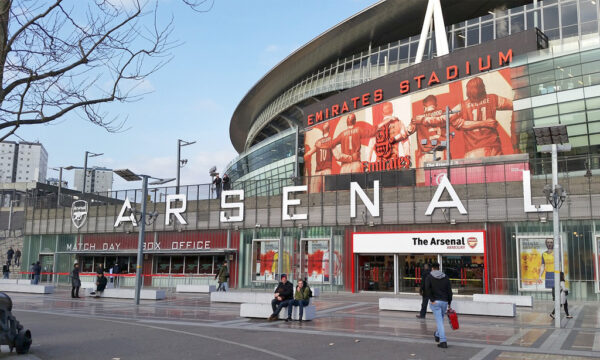How is TV keeping up with the internet?

Gone are the days of writing the time and date of your favourite show in your diary, waiting a whole week, then missing it anyway because something else came up. On-demand TV, internet streaming, digital recording and downloadable box sets allow viewers to watch what they want, when they want and on a variety of devices.
Services such as Netflix, NowTV and SkyGo are changing the way we watch TV dramatically. It is now common for some houses to not even have a television set, as most UK shows are now available to stream over the internet on BBC iplayer, ITV player and All 4. Even the way we follow the shows has changed, with many opting to save up an entire season and ‘binge watch’ hours of TV in one sitting. It’s even possible to watch TV on the way to work (or at work) with most smartphones capable of displaying high quality streaming internet TV.
Dual screening is another internet-driven phenomenon which is altering how we watch TV shows and share our opinions within our social circles. Instead of gathering at the water cooler to discuss what happened in last night’s episode, viewers will often have one screen in front of them playing the show and another screen such as a phone or tablet in their hand. Viewers will then update their Facebook or Twitter in real time, using hashtags often generated by the shows themselves. It’s no surprise that some of the biggest shows have been #GBBO and #GoT.
Most premium TVs on sale today will be able to connect to the internet and may even have pre-installed media centres that allow users to watch internet TV via Amazon, Netflix, YouTube, Sky and others. Cast your mind back and imagine if the 13-inch portable TV that you had in your bedroom offered thousands of hours of premium content at the touch of a button. Even though this change in viewing habits could be seen as a threat to traditional scheduled broadcasting, broadcasters and tech companies have been quick to realise that watching TV over the internet is and will continue to become even more popular. Big hitters like Amazon, Sky and Apple have released set top boxes that connect directly to the web and allow streaming internet TV to be played through the user’s television set, meaning that you can choose what you want to watch without ever having to hop channels to find it.
Smash hits like Game of Thrones, the Walking Dead, Westworld and hundreds of other US-produced TV shows have also found success in the UK. Netflix was a pioneer in bringing US TV to the masses but international broadcasting rights don’t come cheap. This means there is a much better choice of shows on the US service, access to which is blocked from outside the US. These blocks also apply to US-only services like Hulu. The global nature of shows however provides a strong incentive for individuals in one country to watch the shows of another. If people want to watch American shows in England, then they could watch it through a Virtual Private Network.
These massive changes in the way we are watching TV are not only driven by technology, but also by the way we watch TV ourselves. As our lives become more flexible, our time ends up being in short supply and we have to resort to 11 hour TV marathons whenever we can fit them in. It is, in fact, people that are driving the trend in flexible TV, rather than networks or production companies
The increased global nature in the way that we watch television is changing how we’re being offered services even further. As people have switched to more laptop, or tablet screens for Netflix, televisions started having Netflix options, and provided internet online. This change in demand is continuing to fuel the change in offering. After all, necessity is the mother of invention, but consumer demand is the queen for a change.
The editorial unit

























Facebook
Twitter
Instagram
YouTube
RSS